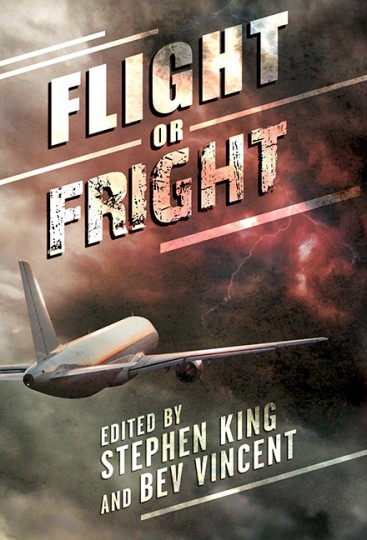[April 2009] The acquiring editor is the person most writers—and, perhaps, readers—are familiar with, at least in general. We submit stories to them, they accept (or reject) our work, and changes to the overall flow, structure, and content of the material originates with them. I think of them as conceptual or big picture editors. A while back I wrote about what a good editor can do for a writer.
This month I would like to introduce you to copy editors, the unsung heroes of the publishing process. After the editor and the author have ironed out the major issues with a project, the manuscript then goes before the sharp eyes of the copy editor.
The first thing she does is to build a style sheet for the project to guarantee continuity from the first page to the last. The publishing house probably has a style manual that it uses as its Bible, but there will inevitably be things that aren’t addressed by the style manual, so the copy editor makes a decision about how such things will be handled, adds rules to the style sheet, and sweeps through the manuscript to make sure the rules are obeyed. How will times be represented: a.m. or AM? What numbers will use digits and which ones will be spelled out? Will essay titles in the text be italicized or put in quotes. Will certain words be hyphenated or represented as compound words? Will the serial comma be used? These are just some of the decisions the copy editor makes and enforces.
The copy editor also flags grammatical errors and catches errors in fact. She looks for overused terms or duplication of words in close proximity. In a work of fiction, a good copy editor will make sure that Jane, who has blue eyes on page 17, doesn’t turn into Jean with green eyes on page 317. In a non-fiction work, she will notice that an author has referred to a publisher as Everett House throughout when, in fact, the company is Everest House. The copy editor makes sure that trademarked names are correctly spelled. She catches vague references and ambiguities.
When I was working on The Road to the Dark Tower with Penguin several years ago, once the hardcopy manuscript went to the copy editor, it was “locked.” All subsequent changes were made on that printed version of the manuscript. The copy editor sent the manuscript back to the author with her notes in the margins and the author addressed the comments and suggestions in the margins using a different color of ink. For complicated or lengthy changes, the author could insert pages into the manuscript, but that version was sacrosanct. I often wondered what would happen if it were lost in transit. To be honest, I was surprised that a major publisher still did all that work in pen on paper—it meant that someone had to take the changes, sort out the stets from the deles, interpret the handwritten insertions, and key them into the electronic master. It all worked out in the long run, but it seemed like an unnecessary step in the electronic era.
For my current project, the copyediting phase was done electronically. I received a version of my Word manuscript by e-mail with changes tracked and notes inserted where clarification was required. The style sheet came as a separate attachment. I went through the manuscript, again with changes tracked, and responded to comments and questions with my own comments and responses, accepted certain changes, rejected others—providing my reasons for doing so—and reworded passages that required clarification.
Copyeditors, in my experience, seem to be deferential people. They know that it isn’t their job to rewrite what the author has created, only to improve it. Often, the alterations that were made to my manuscript were accompanied by a query that asked, “Change okay?”
After the author addresses the changes,the first pass of the book’s layout can be created. This is the point where proofreaders come into play—and the author is to be counted among this group. That’s the point I’m at with my current project. The first pass is on its way to me as I write, and I will have a week to go through it. In general, all I would need to do is proofread, but since this is a profusely illustrated book, I’ll also be seeing the design elements for the first time, so I’ll have to write captions. It’s been a fascinating project to work on, let me tell you.
I have the utmost respect and undying gratitude for the copy editor who caught all my silly mistakes and will make the finished product (and me) look better.

